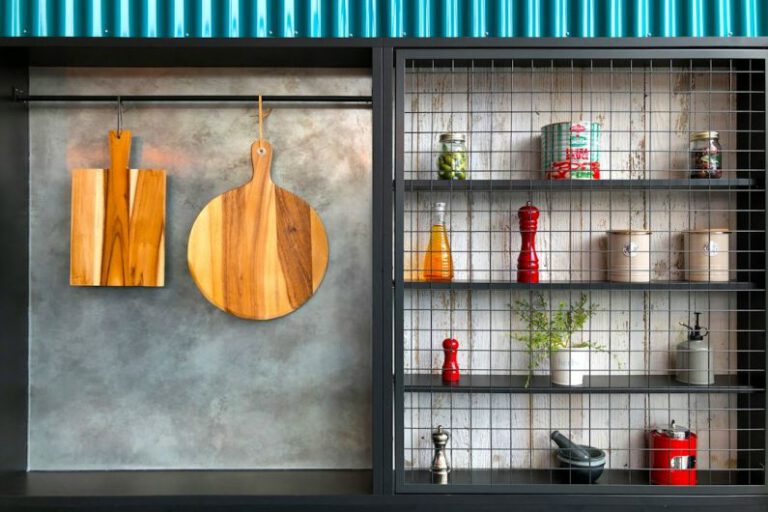Storing Bulk Dry Goods Efficiently
When it comes to storing bulk dry goods, efficiency is key. Whether you’re a restaurant owner, a caterer, or simply someone who likes to buy in bulk, organizing and storing your dry goods properly can save you time, money, and frustration. In this article, we will explore some tips and tricks to help you store your bulk dry goods efficiently.
Proper Containers for Storage
The first step in storing bulk dry goods efficiently is to choose the right containers for storage. Opt for airtight containers that are specifically designed for storing dry goods. Mason jars, food-grade plastic containers with screw-on lids, and glass containers with snap-on lids are all popular choices. These containers not only keep your dry goods fresh but also prevent any unwanted pests from infiltrating your supplies.
Labeling and Categorizing
To ensure easy access and organization, it is essential to label and categorize your bulk dry goods. Use a permanent marker or labels to clearly mark each container with the name of the item and the date of purchase. Additionally, consider grouping similar items together, such as grains, legumes, and spices. This will make it easier to locate specific items when you need them, saving you valuable time.
Optimal Storage Conditions
Storing bulk dry goods in the right conditions is crucial to maintaining their quality and prolonging their shelf life. To prevent spoilage and preserve freshness, keep your dry goods in a cool, dry, and dark place. Avoid exposing them to direct sunlight or fluctuating temperatures, as this can lead to spoilage or the growth of mold. A pantry or a cupboard away from the stove or any heat source is an ideal storage location.
Maximizing Storage Space
When it comes to storing bulk dry goods efficiently, maximizing your storage space is essential. Consider investing in storage solutions that optimize vertical space, such as stackable containers or shelves. Utilize the space on the back of doors or inside cabinet doors by installing hooks or racks to hang bags or small containers. Additionally, using clear containers allows you to see the contents at a glance, eliminating the need to dig through multiple containers to find what you need.
First In, First Out (FIFO) Method
To ensure that none of your bulk dry goods go to waste, it is crucial to practice the first in, first out (FIFO) method. This means using the oldest items first to prevent them from expiring or losing their quality. When organizing your dry goods, place the newly purchased items at the back and bring the older items to the front. This simple system will help you avoid any unnecessary waste and keep your pantry stocked with fresh supplies.
Regular Inventory Checks
Lastly, conducting regular inventory checks is vital to keeping your bulk dry goods organized and efficient. Set aside time every few weeks to go through your supplies, check expiration dates, and discard any expired or spoiled items. Take note of items that are running low and make a shopping list for your next bulk purchase. By staying on top of your inventory, you can prevent overstocking or running out of essential items.
In conclusion, storing bulk dry goods efficiently requires proper containers, labeling, categorization, optimal storage conditions, maximizing storage space, using the FIFO method, and conducting regular inventory checks. By implementing these tips and tricks, you can ensure that your bulk dry goods remain fresh, accessible, and organized, saving you time, money, and headaches in the long run. So go ahead and stock up on those dry goods with confidence, knowing that you have an efficient system in place to store them.






